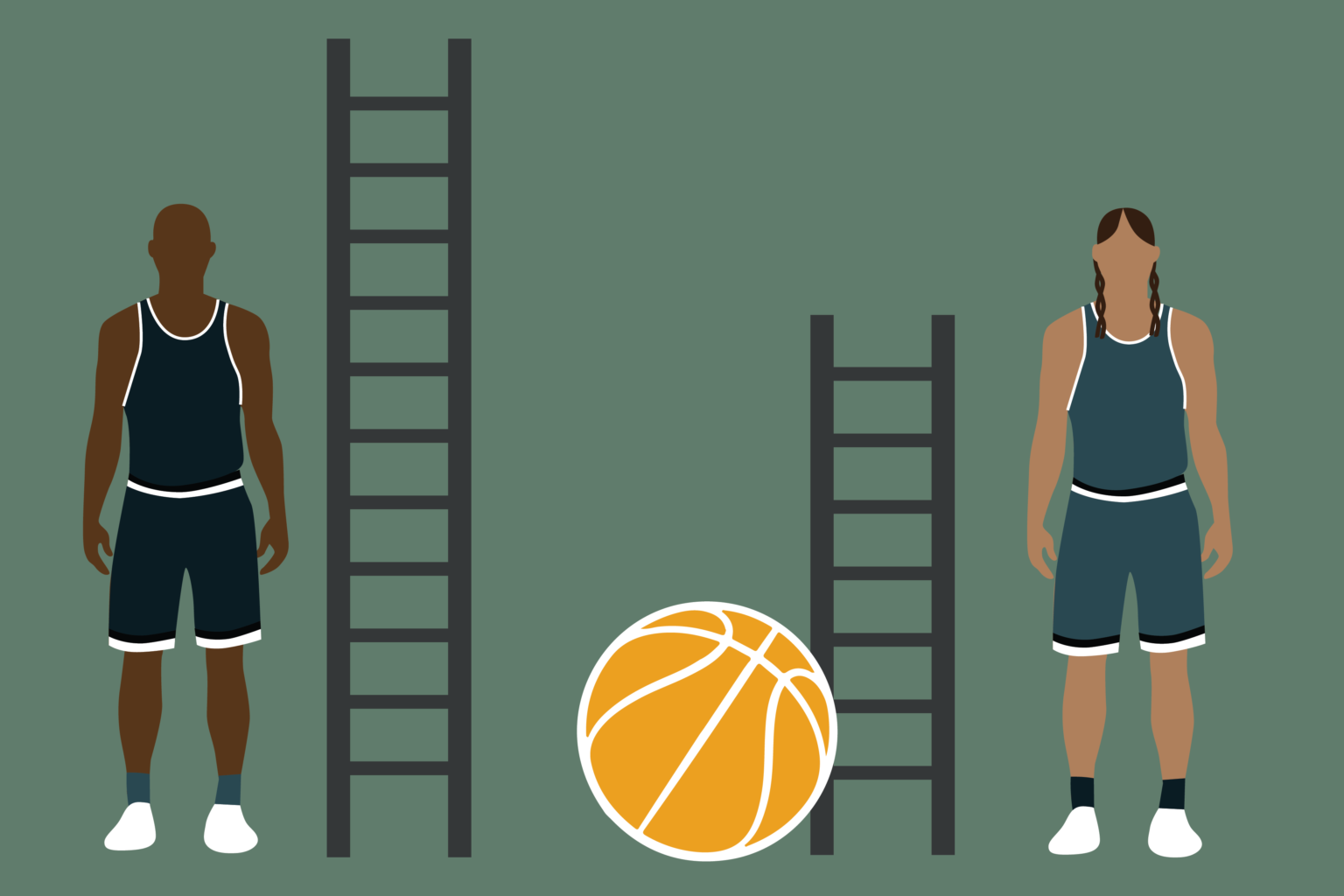By- Mansi Singh, BBA LLB Student, Chandigarh University
•Abstract
Height bias in basketball often sidelines talented athletes due to arbitrary physical standards. This article explores how disproportionate emphasis on height limits opportunities, especially in countries like India where average height trends are lower than global norms. It argues for inclusive solutions—like height-based categories—to create a more level playing field and allow all players to reach their full potential.
Introduction
In India, cricket dominates the sports culture. However, basketball, a fast-paced, strategic, and globally celebrated game, is steadily gaining ground. Yet, despite this growth, structural inequalities persist—one of the most overlooked being height discrimination. While strength, agility, strategy, and teamwork are integral to basketball, height has often become an inflexible prerequisite for success.
This silent but systemic bias not only limits participation but also deprives national and state-level teams of potentially outstanding players who don't meet the "ideal" physical profile. As a basketball player with seven years of experience and national-level exposure, I’ve observed how height often overshadows talent, dedication, and game intelligence.
Understanding Height Bias in Basketball
Basketball has long favored tall athletes. In the NBA, only 27 players have been 5’9” or shorter across its history, while the average height of an NBA player is approximately 6’7”.¹ This elite-level height trend trickles down into youth leagues, school teams, and college tryouts, where taller players are often favored from an early age—irrespective of skill.
In India, this challenge is even more acute. The average Indian male stands at approximately 5’6”, and the average Indian female at 5’1”, significantly below the height norm in Western countries.²³ Unfortunately, scouting and selection procedures frequently benchmark against international standards, automatically placing shorter Indian players at a disadvantage.
A Gendered Problem
The disparity is even more pronounced among women. In the WNBA, the average height is roughly 6’0.79” (184.89 cm),⁴ while most Indian female players fall well below that mark. Talented athletes are regularly overlooked during tryouts or demotivated early on, knowing the odds are structurally against them.
Talent Lost in Translation: A Hidden Crisis
Height bias does more than create unfair conditions—it actively undermines the sport by sidelining uniquely gifted athletes. Shorter players often display exceptional agility, court vision, defensive sharpness, and superior reflexes.
A prime example is Tyrone “Muggsy” Bogues, who, at just 5’3”, defied all odds to have a 14-season-long NBA career, playing over 889 games and averaging 7.7 points, 7.6 assists, and 2.6 rebounds per game.⁵ His legacy proves that elite performance is not solely dependent on height.
Sadly, similar stories are rare in India, not because the talent doesn’t exist, but because the current system fails to nurture or recognize it.
Heightism in sports reflects deeper societal inequities. Players from underprivileged backgrounds—especially in rural India—often struggle to access proper training. When they’re also disqualified from trials due to height, their dreams are crushed twice over.
Moreover, Indian school and university-level basketball selectors frequently make snap judgments based on a player’s appearance. Conversations often begin and end with phrases like “too short for the sport,” rather than skill-based evaluation.
The result? A systemic drain of potential, loss of confidence among youth, and an athletic culture that values aesthetics over ability.



.jpeg)


